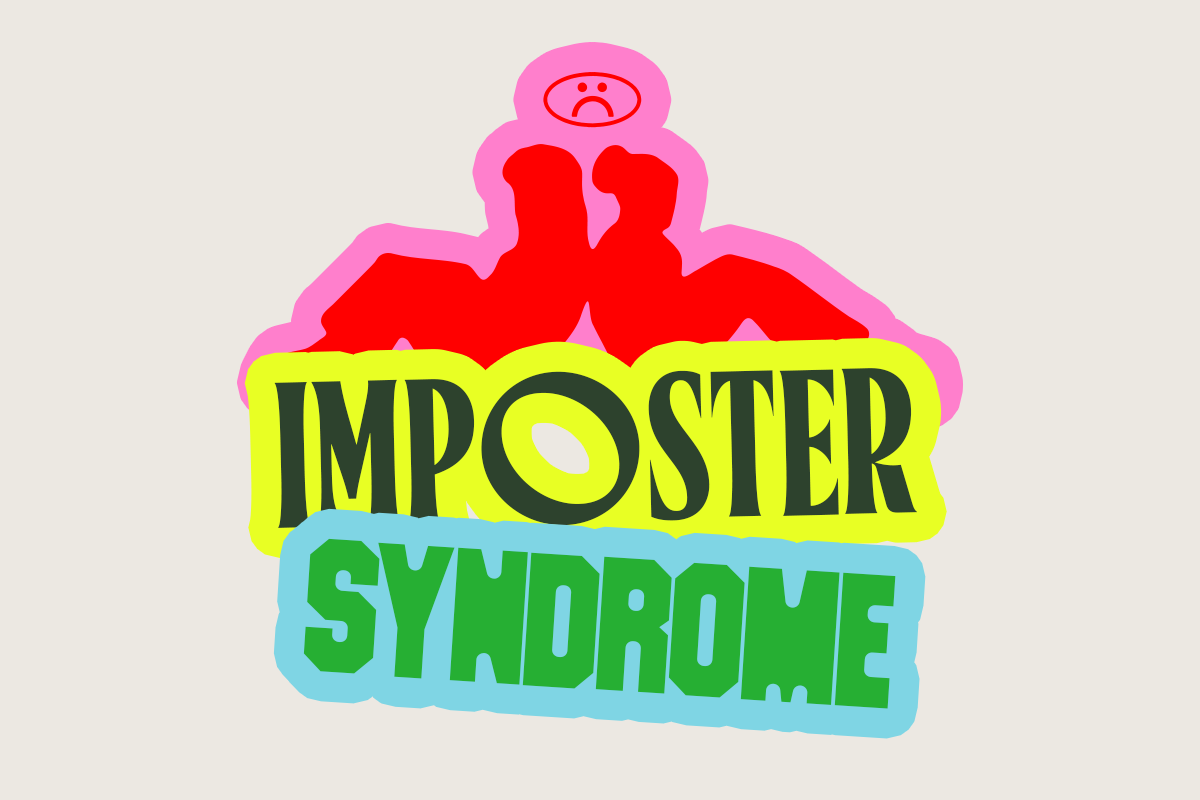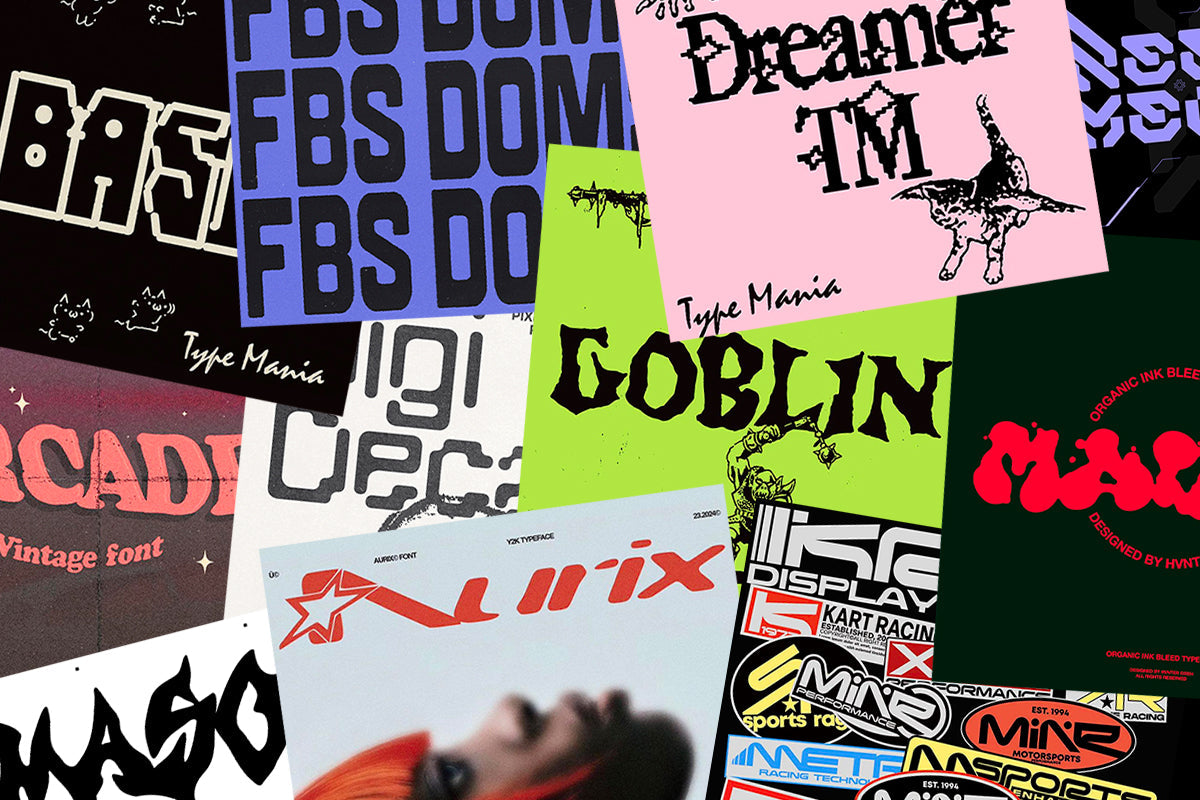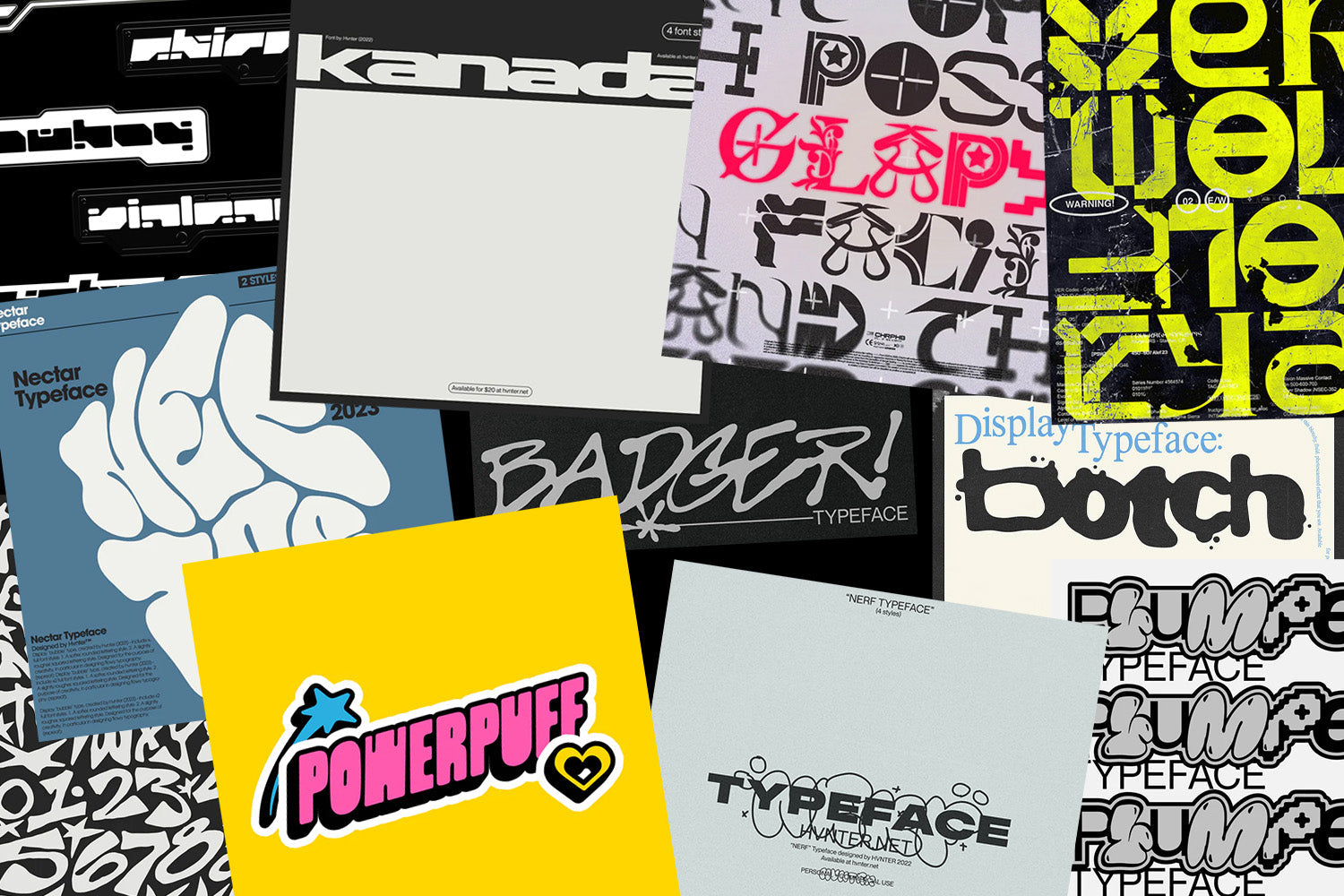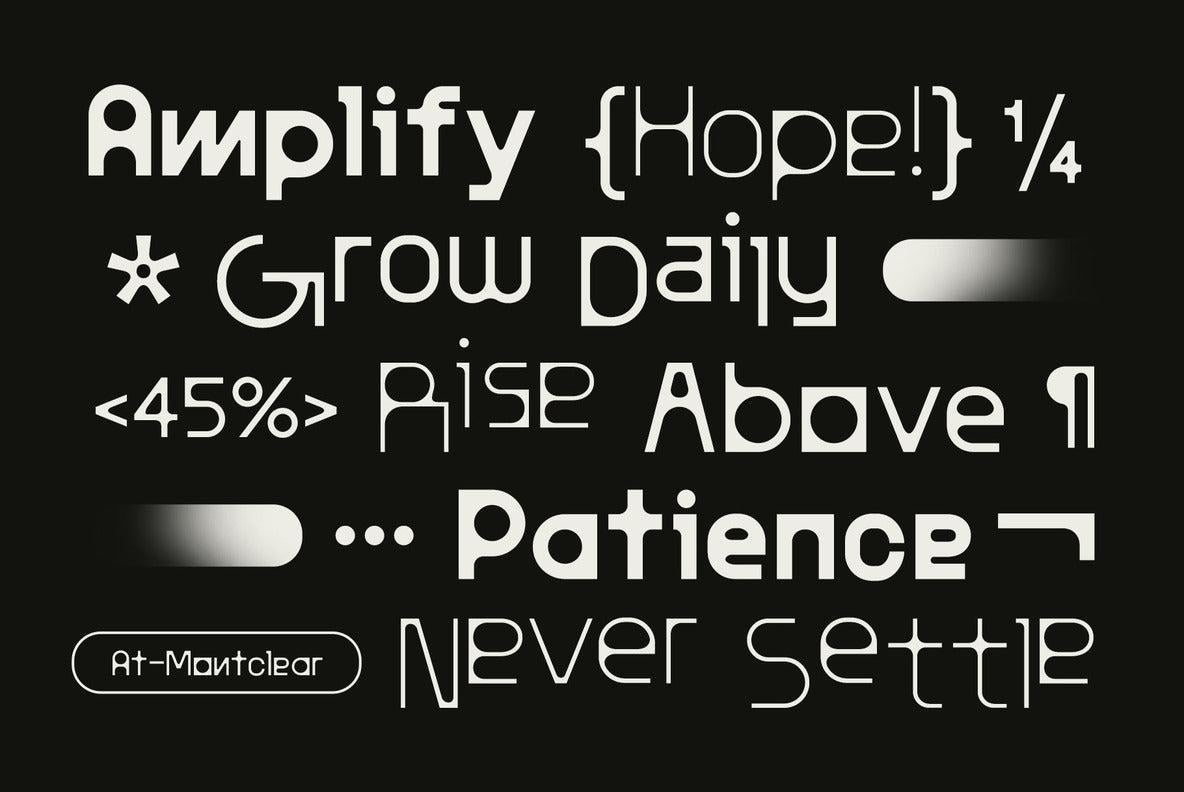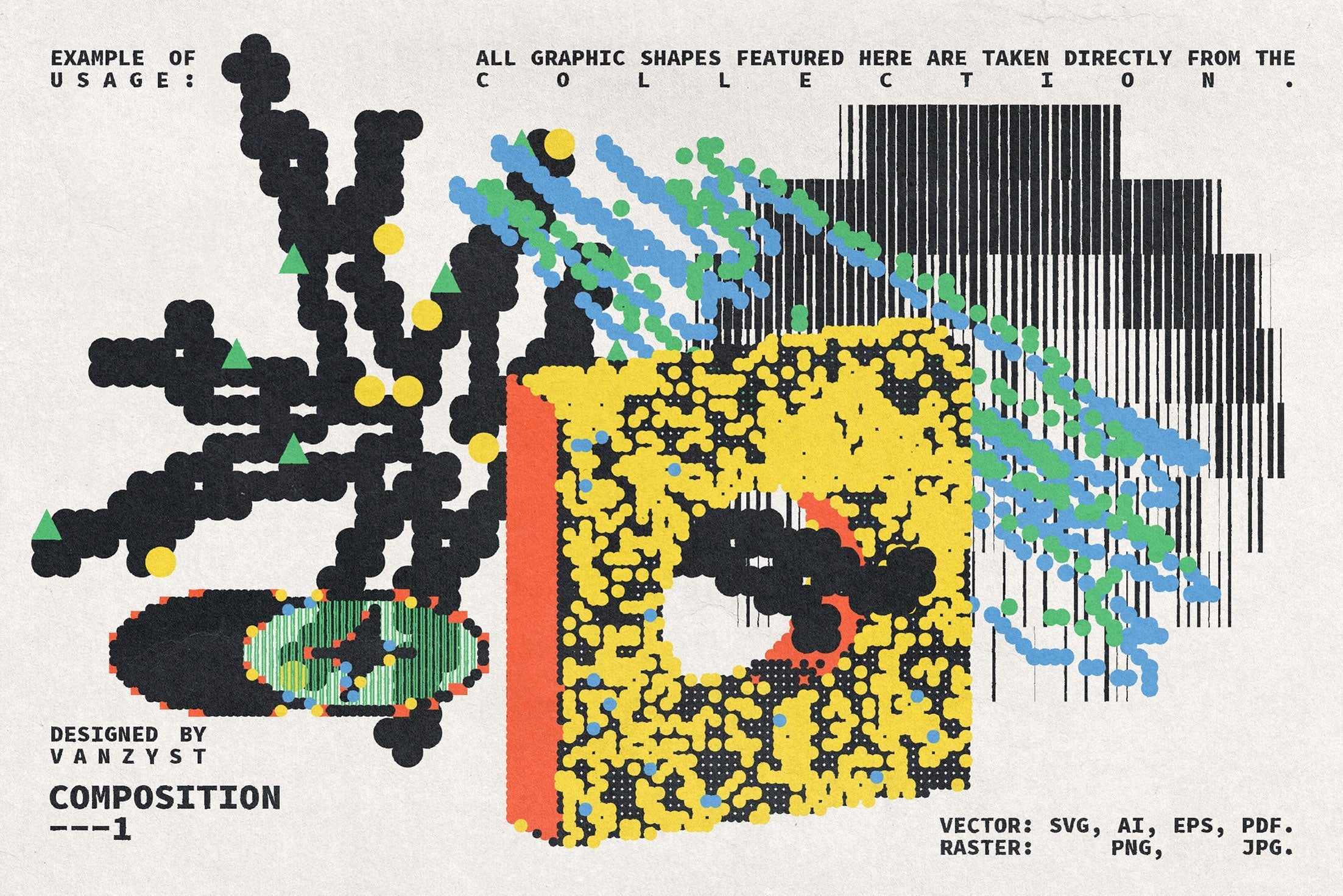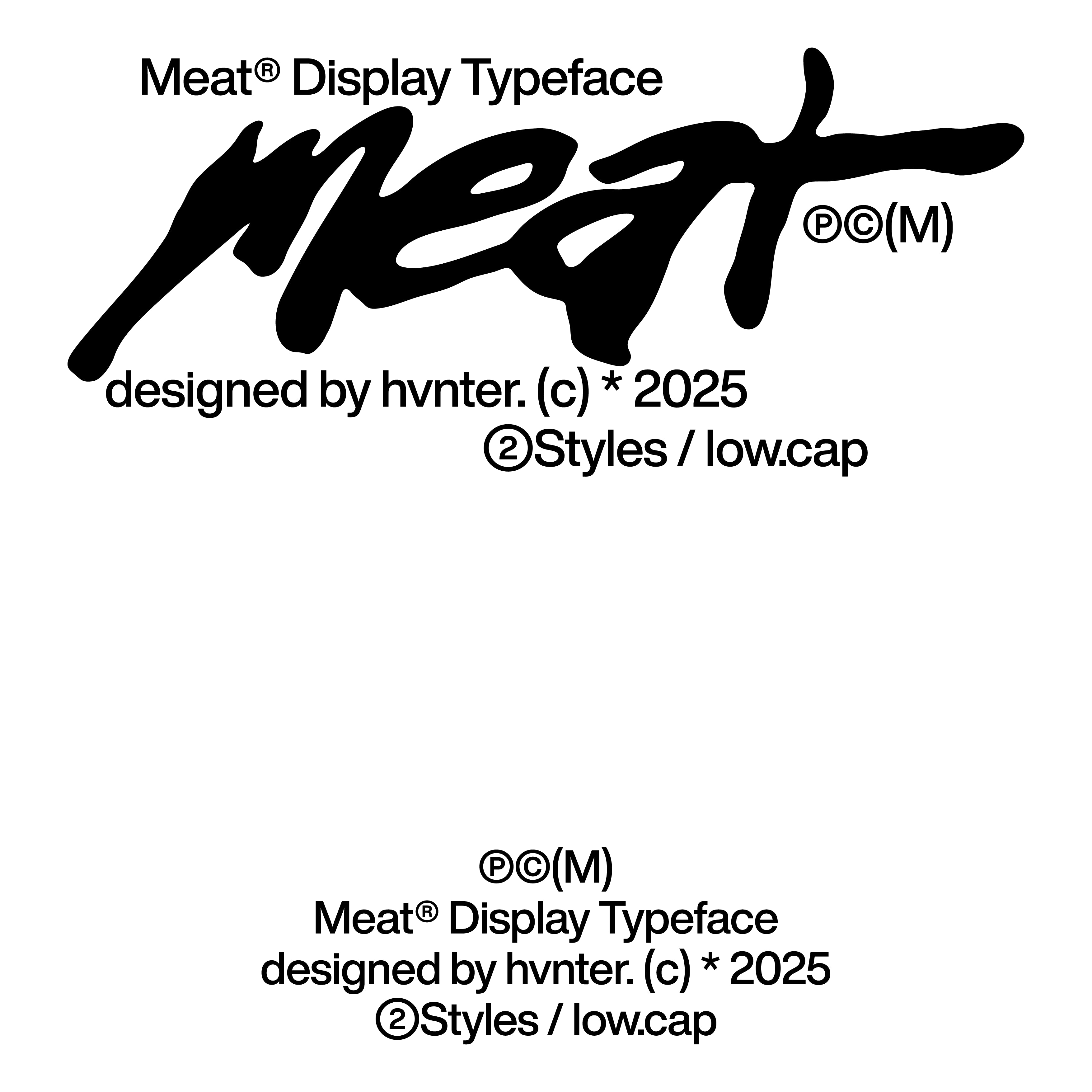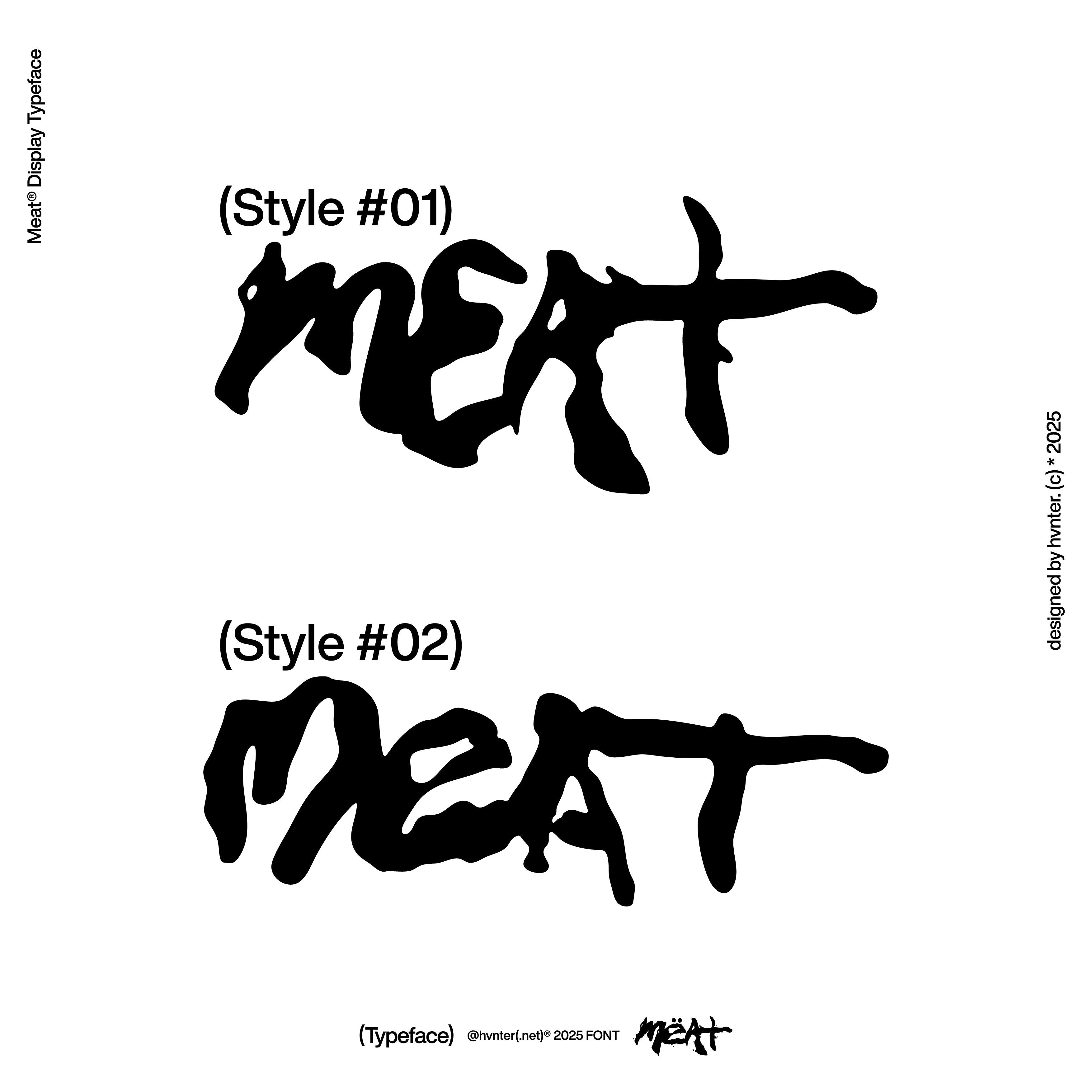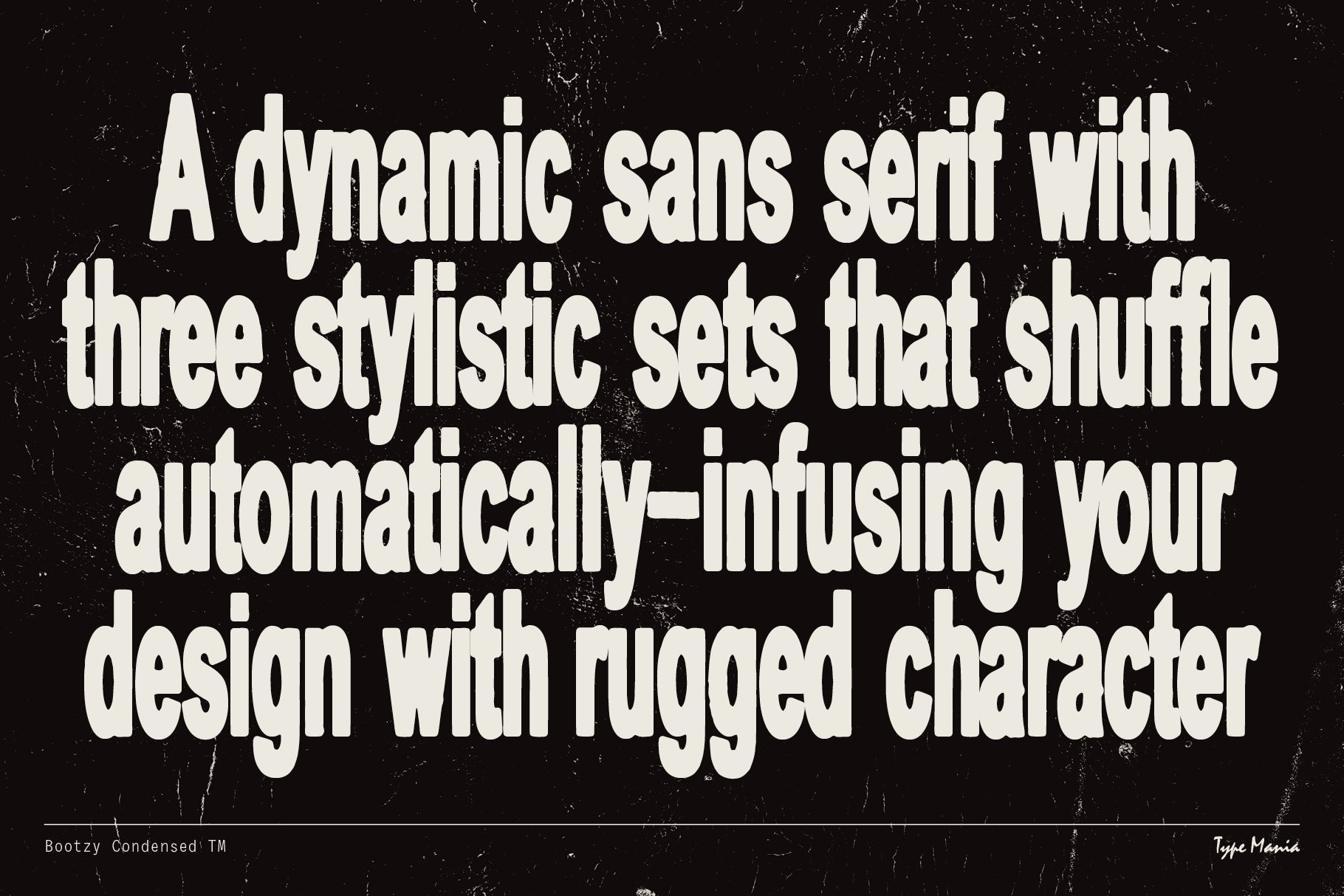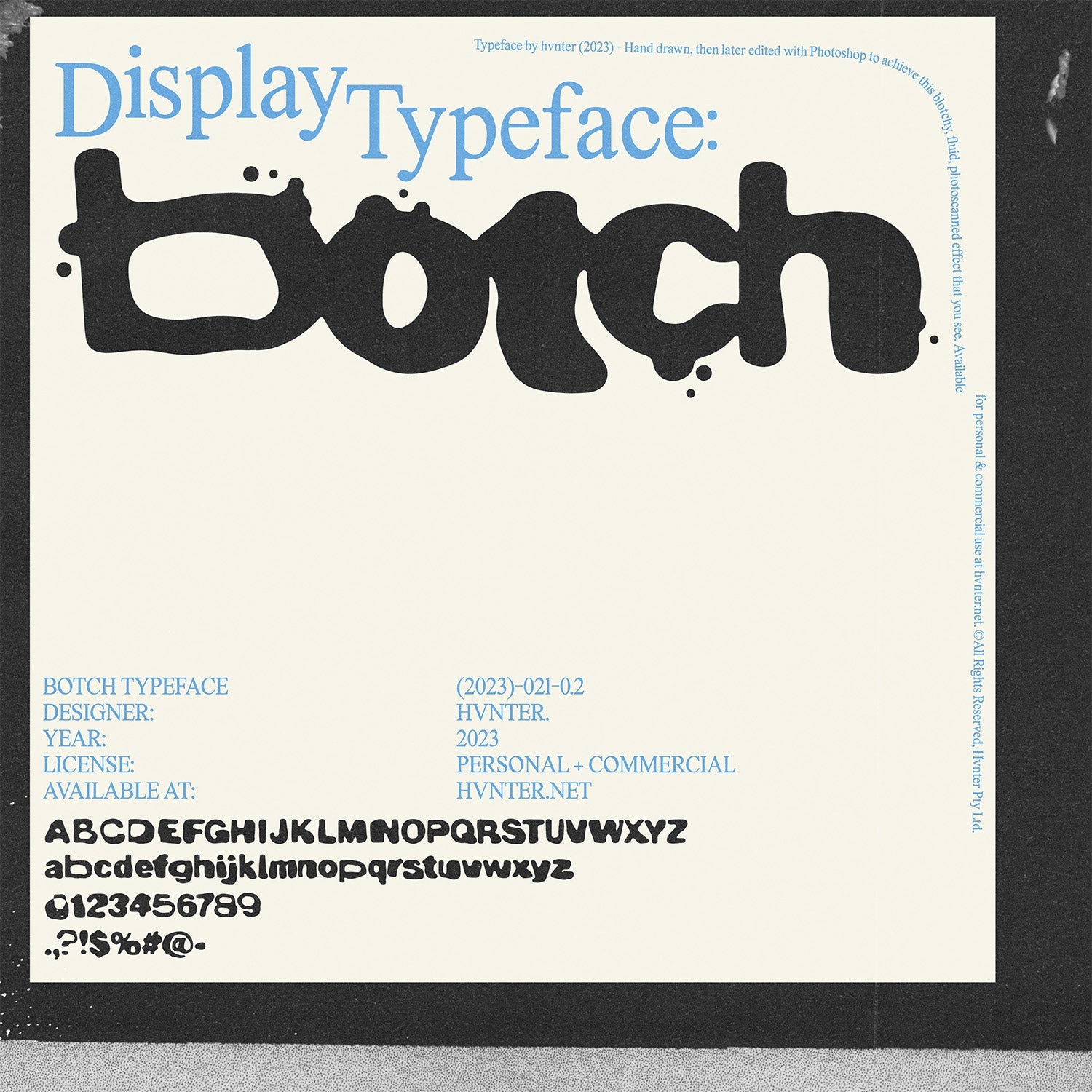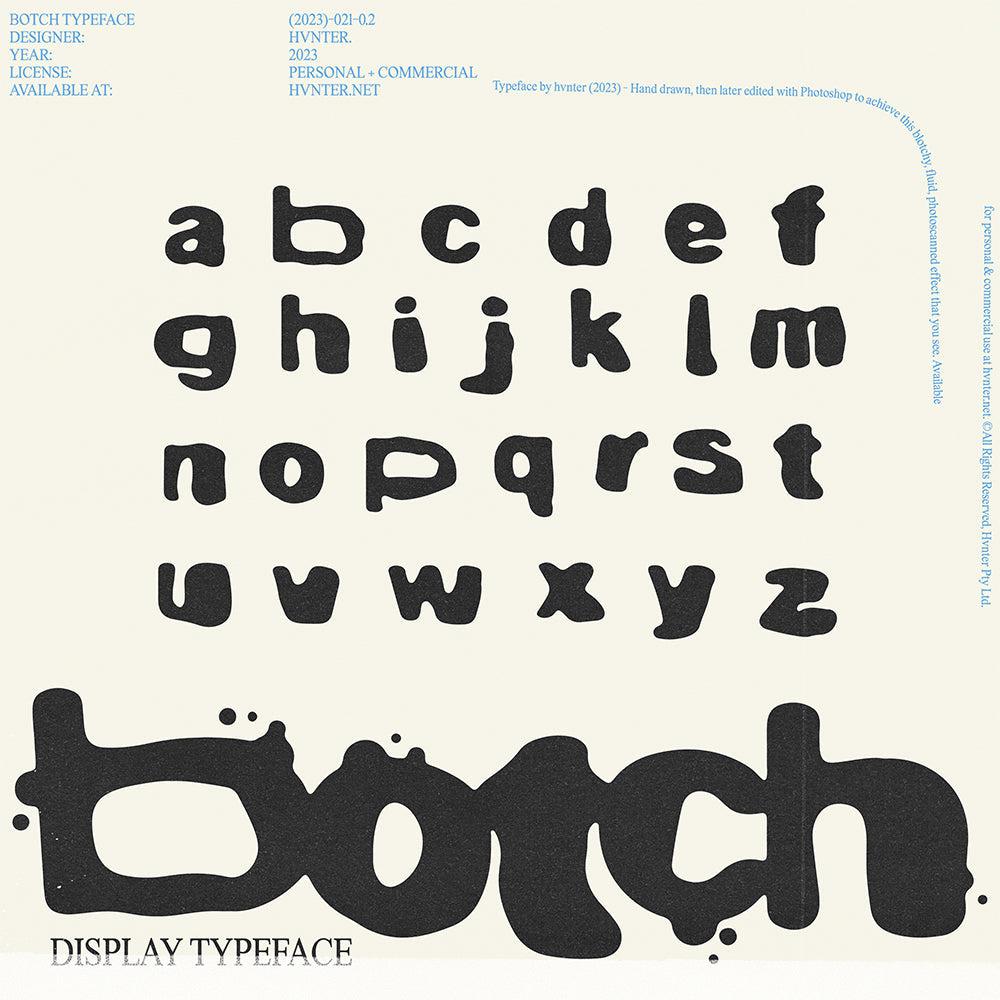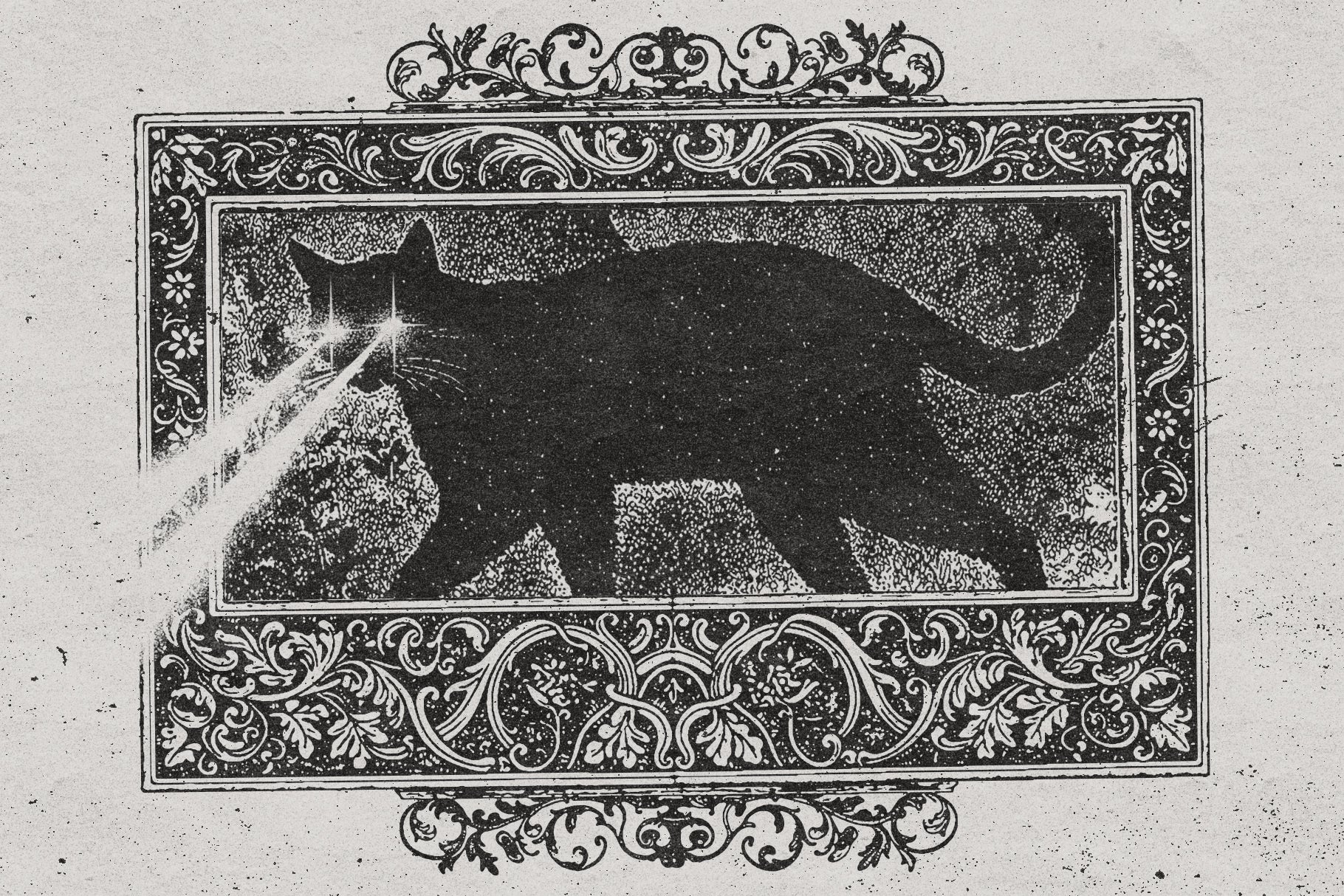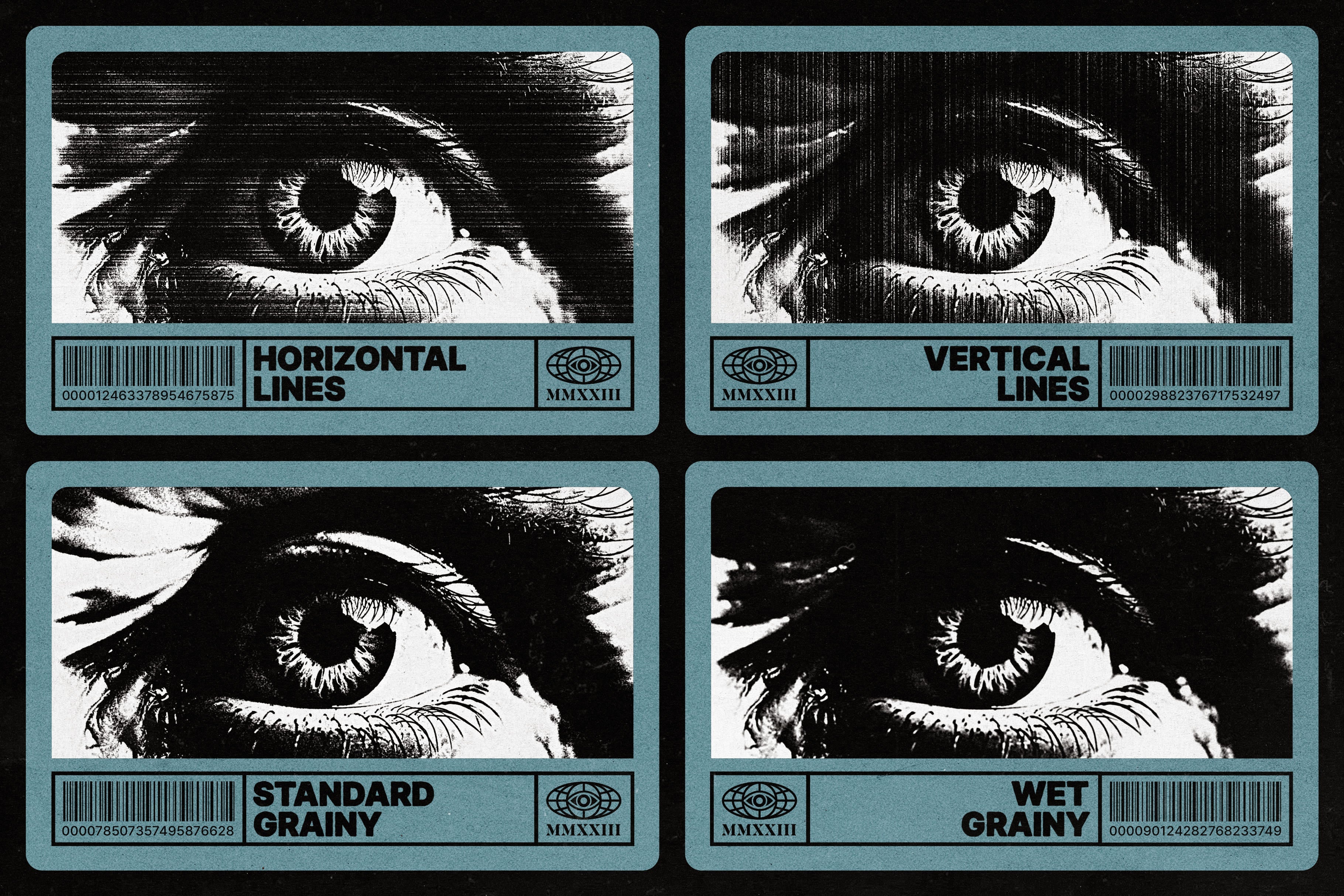Imposter syndrome: that nagging voice in your head telling you you’re not good enough, despite all evidence to the contrary. It’s the feeling that you don’t belong, that your work isn’t good enough, or that any success you’ve achieved is just luck. If this sounds familiar, you’re not alone — it’s something nearly every creative has felt at some point in their career.
But here’s the truth: imposter syndrome doesn’t reflect your skills, talent, or worth. It’s just a feeling, and you can overcome it. Let’s dive into what imposter syndrome is, why it happens, and four actionable steps to deal with it.

What Is Imposter Syndrome?
Imposter syndrome is that inner critic whispering (or sometimes shouting) that you don’t measure up. It convinces you that you’re not talented enough, experienced enough, or creative enough, even when your work says otherwise.
It can show up in many ways:
- You downplay your achievements or think you’ve only succeeded because of luck.
- You avoid taking risks because you’re afraid of being “found out.”
- You constantly compare yourself to others and feel like you fall short.
It’s exhausting, and it can hold you back from embracing your full potential. But the good news? Imposter syndrome is a sign that you care deeply about your work — and that’s a strength, not a weakness.
Why Does It Happen?
There are plenty of reasons imposter syndrome creeps in:
- Perfectionism: You hold yourself to impossibly high standards and feel like a failure if you don’t meet them.
- Comparison culture: Social media makes it easy to compare yourself to others, often without seeing their struggles behind the scenes.
- Fear of failure: The pressure to succeed can make self-doubt louder.
The creative industry, with its constant demand for originality and innovation, can amplify these feelings. But the first step to tackling imposter syndrome is recognising it for what it is: a feeling, not a fact.

How to Deal with Imposter Syndrome
Here are four steps to quiet that inner critic and reclaim your confidence:

1. Recognise it
When imposter syndrome shows up, call it out. Remind yourself that it’s just a feeling, not reality. Doubt doesn’t mean you’re not capable — it means you’re growing and stepping outside your comfort zone.

2. Talk about it
Open up to friends, colleagues, or other creatives about how you’re feeling. Chances are, they’ve experienced the same thing. Sharing your struggles can make them feel less overwhelming and remind you that you’re not alone in this.

3. Celebrate small wins
Don’t wait for big milestones to feel proud of yourself. Every small step — finishing a project, learning a new skill, or receiving positive feedback deserves recognition. Acknowledging your progress helps you see how far you’ve come and builds confidence over time.

4. Keep showing up
The best way to fight imposter syndrome is to keep doing the work. With every project, every challenge, and every success, you’re proving to yourself that you belong. Confidence grows with practice - just keep going.

Your Are Not An Imposter!
Imposter syndrome is tough, but it’s also a sign that you’re pushing yourself and taking your creative journey seriously. The next time that inner critic starts to whisper, remind yourself: you’re not an imposter. You’re a designer, and you’re doing amazing work.
You’re here, you’re creating, and you’re growing — that’s proof you belong. Keep showing up, and the confidence will follow.

